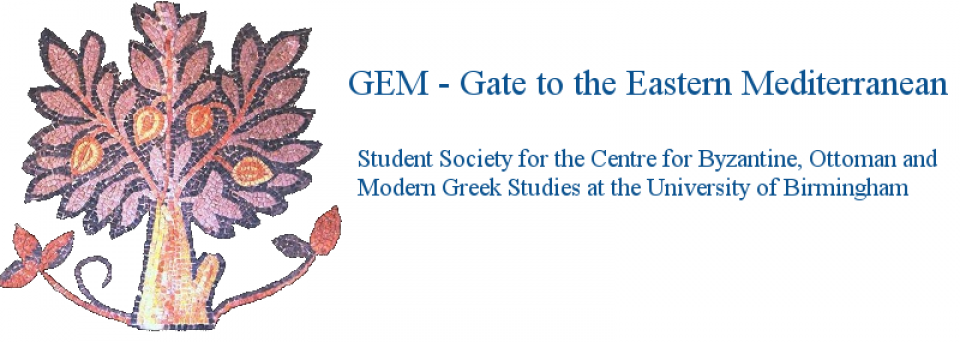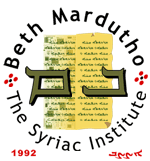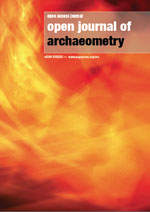[First posted in AWOL 13 August 2010. Updated 2 August 2016]Late Antique and Early Medieval InscriptionsBy Mark Handley
![]()
The purpose of this website is to provide a full collection of links to on-line databases, books, Phds, and articles on late antique and early medieval inscriptions, covering the period from A.D. 300 to 900. So far there are over 520 such links.
As can be seen from the tags above, the links are organized by region. Please note that the regional bibliographies provided here are limited purely to what is freely available on-line.
The 'New publications' page is intended as a resource to enable those interested to keep track of new publications. By contrast, it is not limited to what is available on-line. Currently it covers the years 2008-2012, and includes c. 200 publications. Scholars are warmly invited to email me with news of their recent relevant publications for inclusion in this list. Similarly, anyone with comments, criticisms, additions or corrections, along with anyone who thinks copyright is being infringed by a link should email me at mark3handley 'at' hotmail 'dot' co 'dot' uk (my email is shown this way to try and avoid generating spam).
A new feature has been added to the site - "Notes on Late Antique and Early Medieval Inscriptions". This will be a page for me to informally-publish short articles. The first such note is now available.
For a full bibliography of my own publications to date (including Dying on Foreign Shores. Travel and Mobility in the Late-Antique West, Journal of Roman Archaeology Supplementary Series Vol. 86 (Portsmouth RI, 2011)), with available links, click on the 'My publications' tab.
And I note in particular the author's
Excelentlist of online databases:
Items in Red added since the launch of the site.
Celtic Inscribed Stones Project– UCL’s database of all monumental non-runic inscriptions in Celtic speaking countries, AD 400-1200. Link.
Corpus Inscriptionum Latinarum. On-line database, and photo collection.Link.
Corpus Inscriptionum Latinarum II, website includes links to photos and entries for:
CIL II2/5 – Conventus Astigitanus.Link.![]()
CIL II2/7 – Cordubensis.Link.
CIL II2/14.1 – Tarraconensis pars meridionalis.Link. Curse Tablets of Roman Britain. Link.
Epigrafia Medievale - regionally-organised bibliographies of Medieval epigraphy. Link.
Epigraphic Database Roma. EAGLE. Electronic archive of Greek and Latin Epigraphy. Link.
Epigraphik-Datenbank Clauss/Slaby (EDCS).Link.
Epigraphische Datenbank Heidelberg. CIL, AE, and many more recent corpora, with a notable coverage of the Balkans. There is also an on-line bibliography, and over 20,000 photos. Link.
Hispania Epigraphica. Online database. Roman Inscriptions from the Iberian Peninsula.Link.
ICUR-on line. Christian Inscriptions of Rome Database. This so far contains 26,164 inscriptions. Link.
Inscriptions of Roman Cyrenaica (2009). Link.
Kiel Rune Project (focuses on the Older Futhark).Link.
Last Statues of Antiquity. Link.
Ogam-Inschriften– Jost Gippert’s database of ogham inscriptions. Link.
Packhard Humanities Institute. Database of Greek Inscriptions. Searchable, and browseable, and divided by regions. Link.
Reynolds, J.M. and Ward-Perkins, J.B., enhanced electronic reissue by Boddard, G., and Roueche, C., (eds.), Inscriptions of Roman Tripolitania (2009). Link.
Samnordisk Runtextdatabas. Full downloadable database of all Scandinavian runic inscriptions from across Scandinavia, Eastern Europe, Italy, Greece, Turkey, Iceland, Ireland and the British Isles. Link.
Visualizing Statues in the late antique Roman Forum. Link.

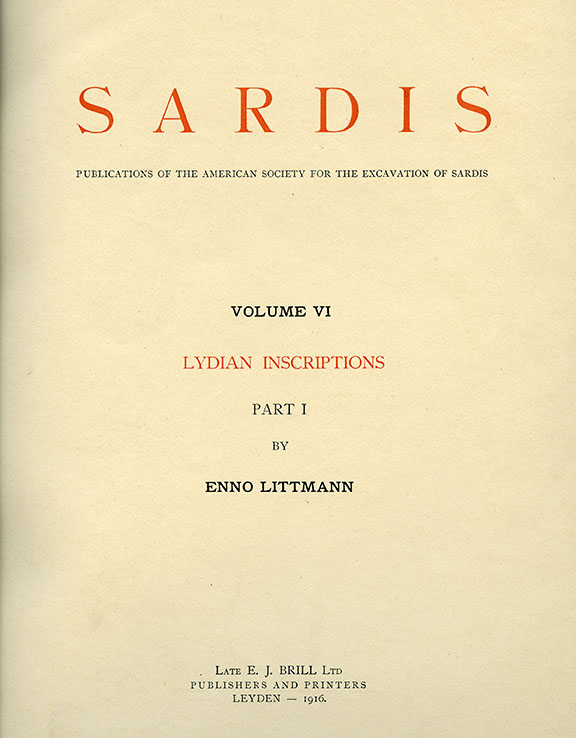
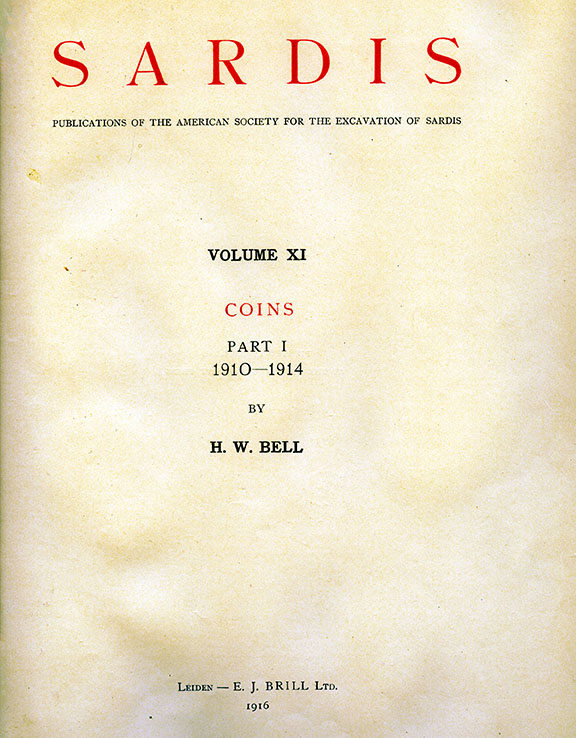
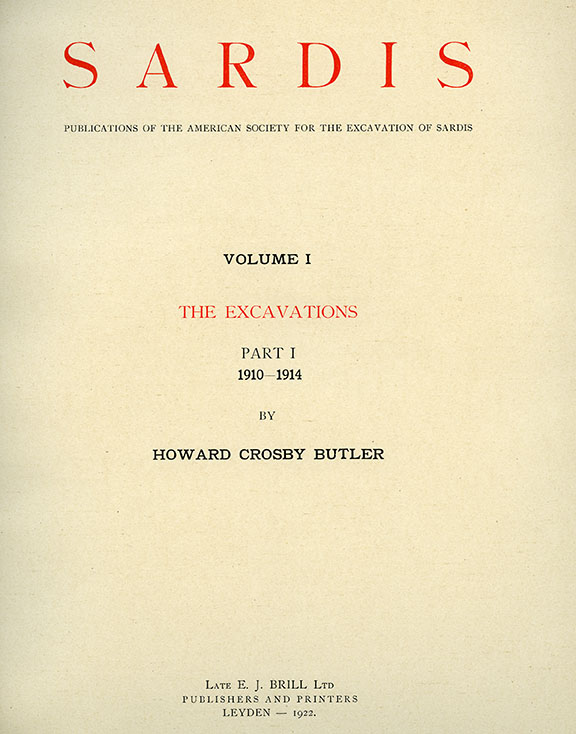
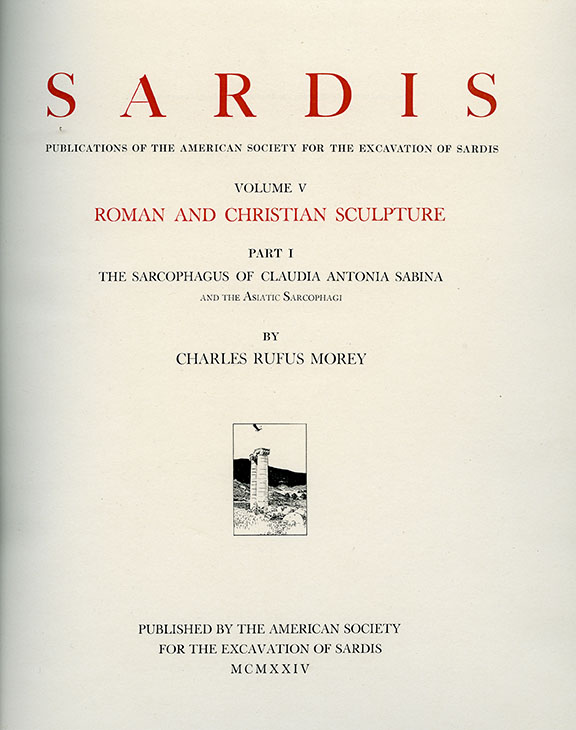
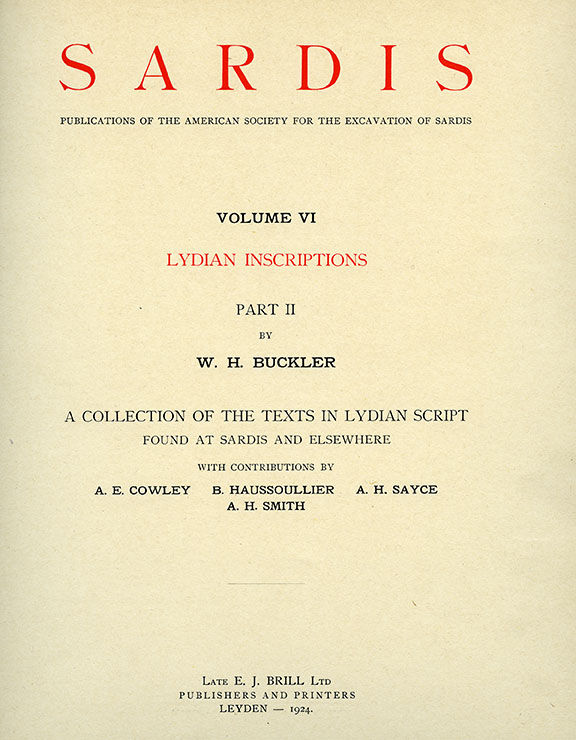
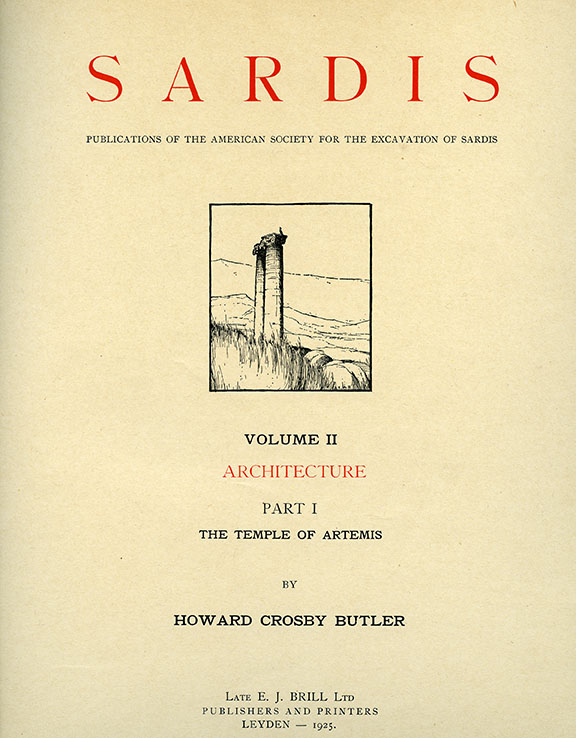
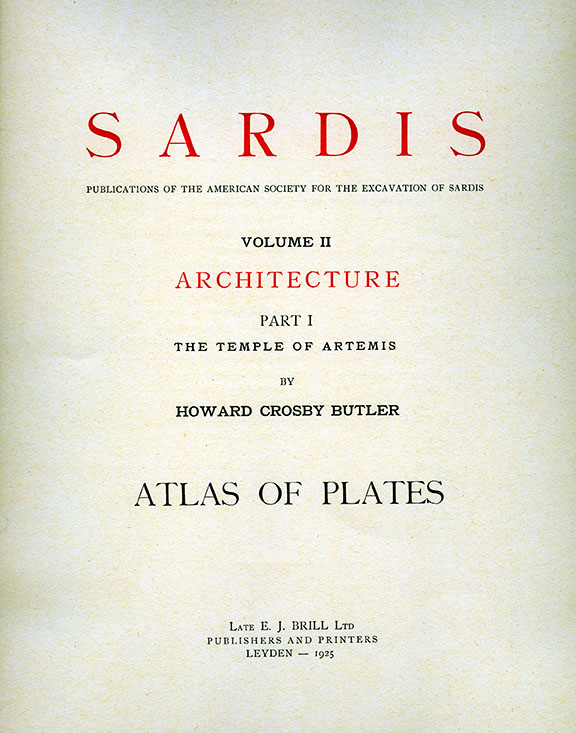
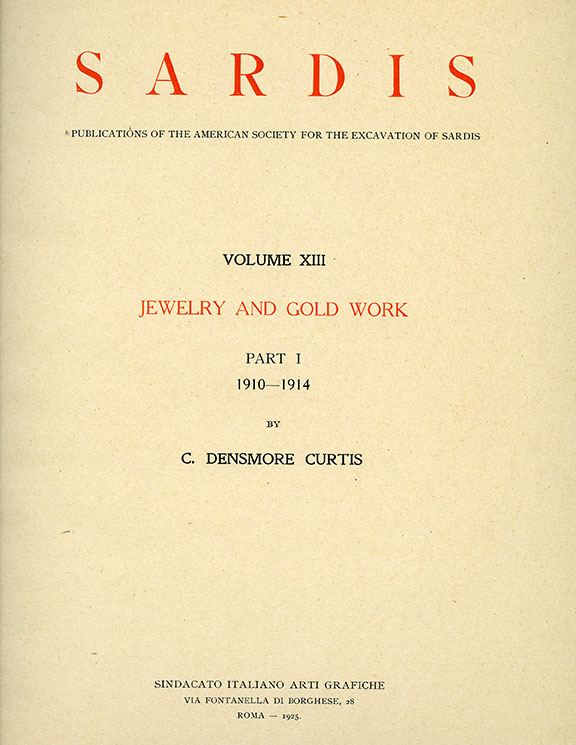
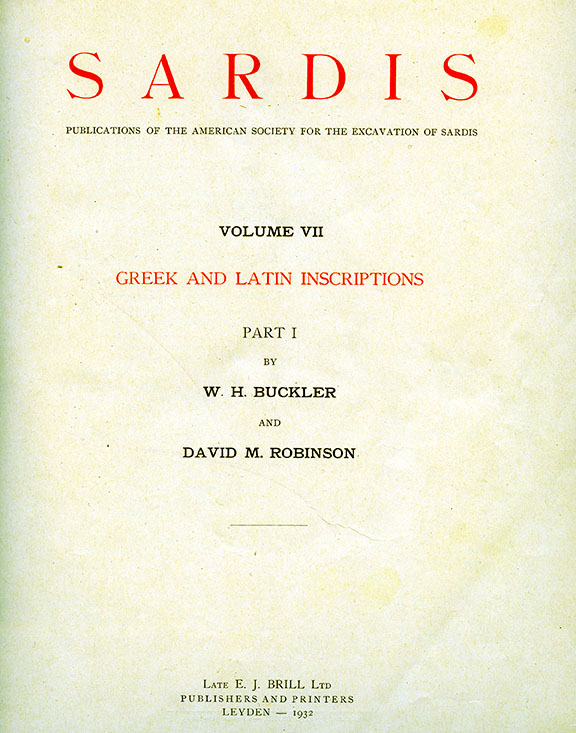
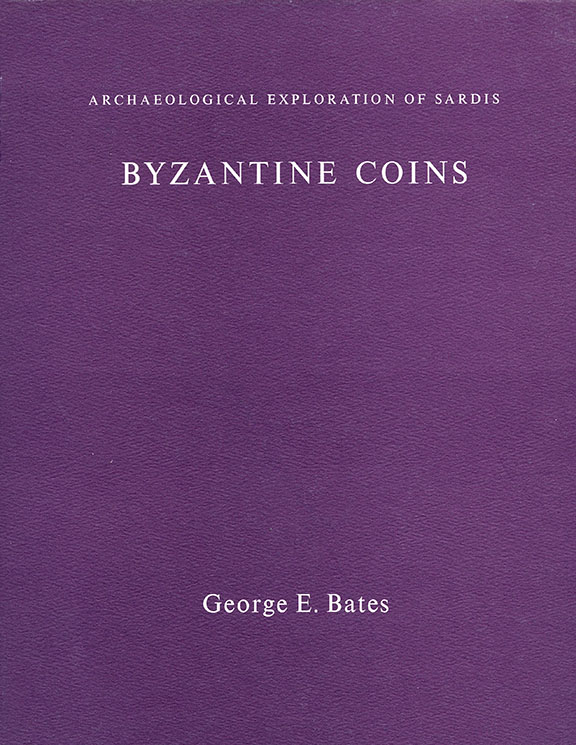
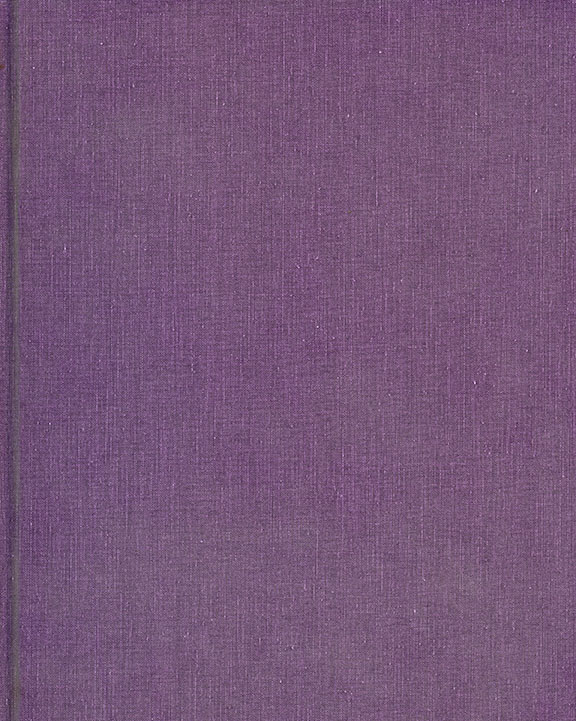
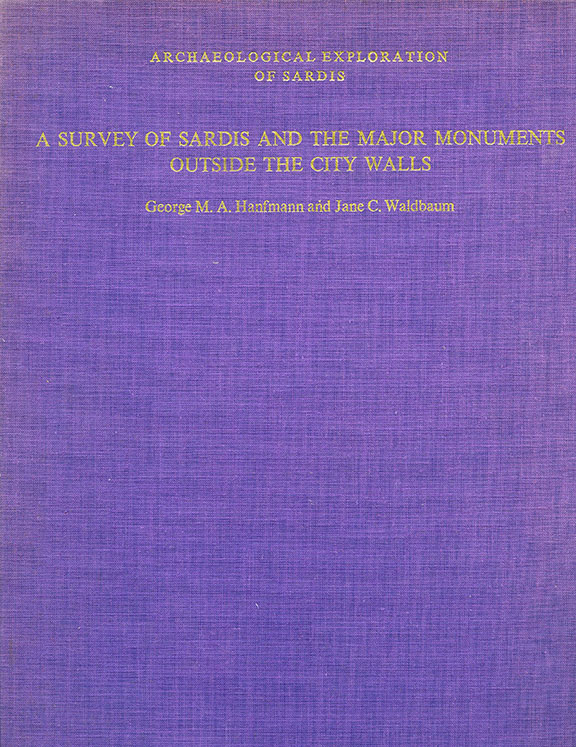
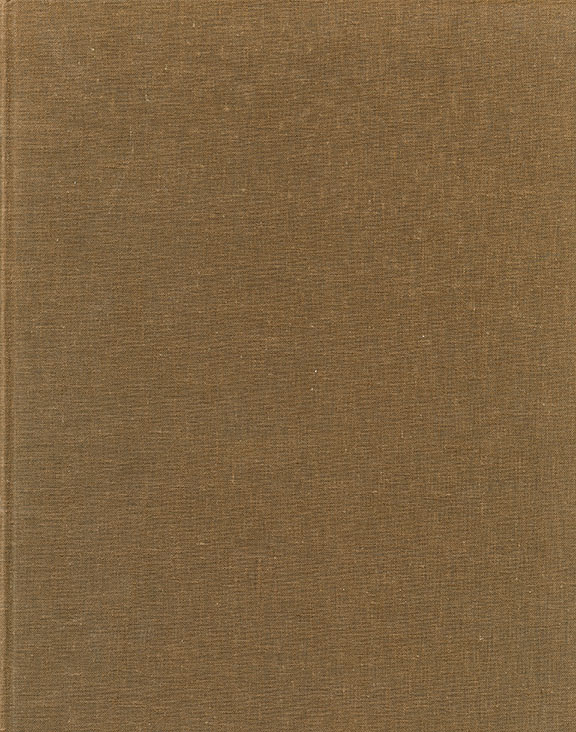
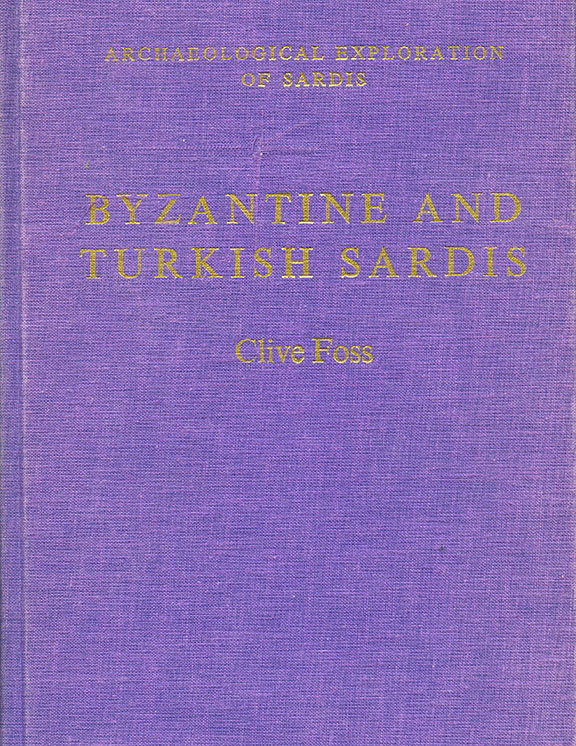
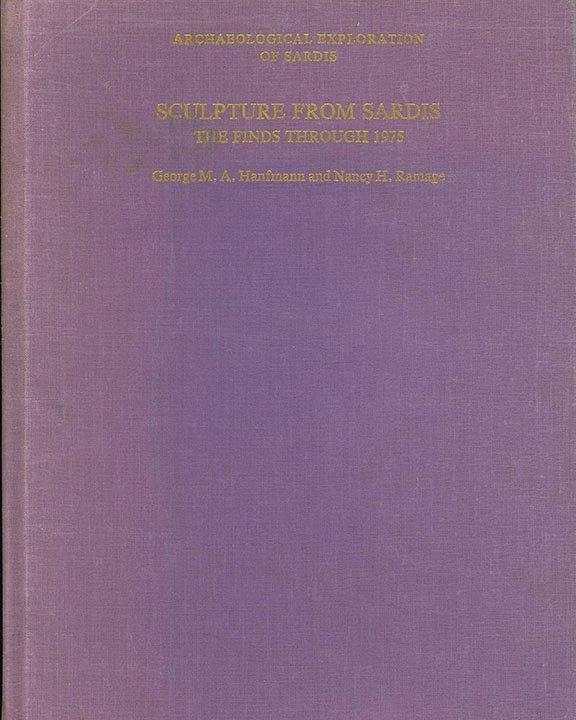
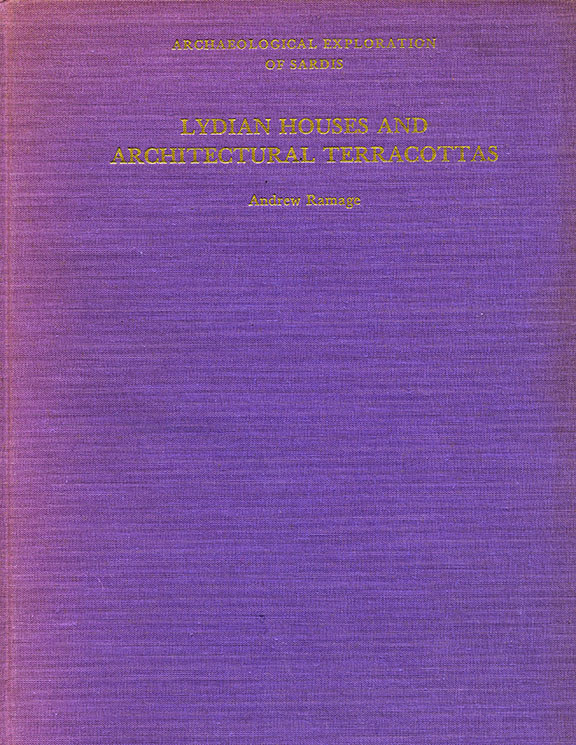
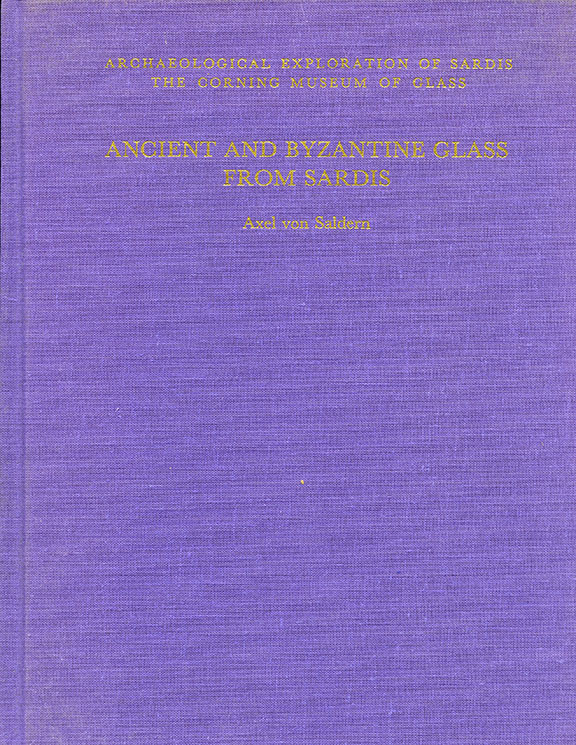
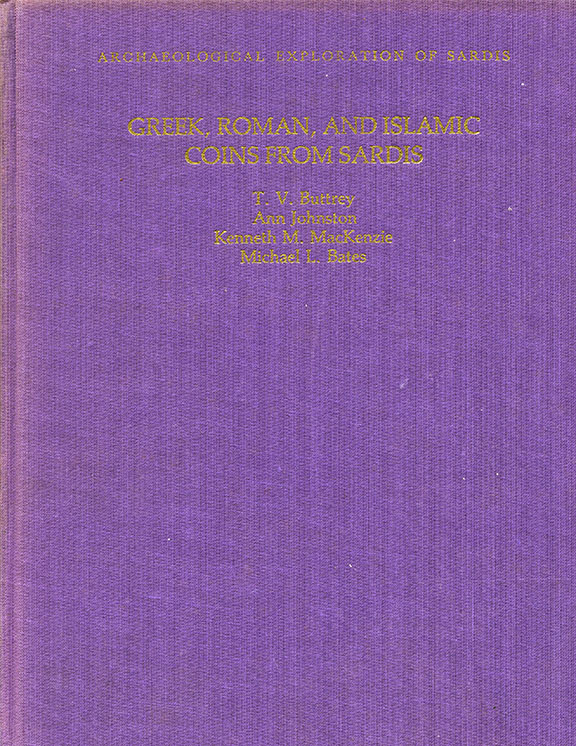
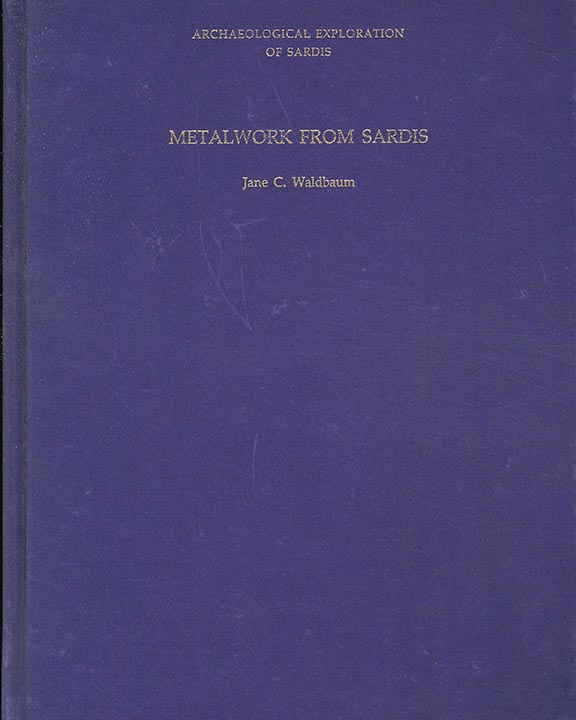
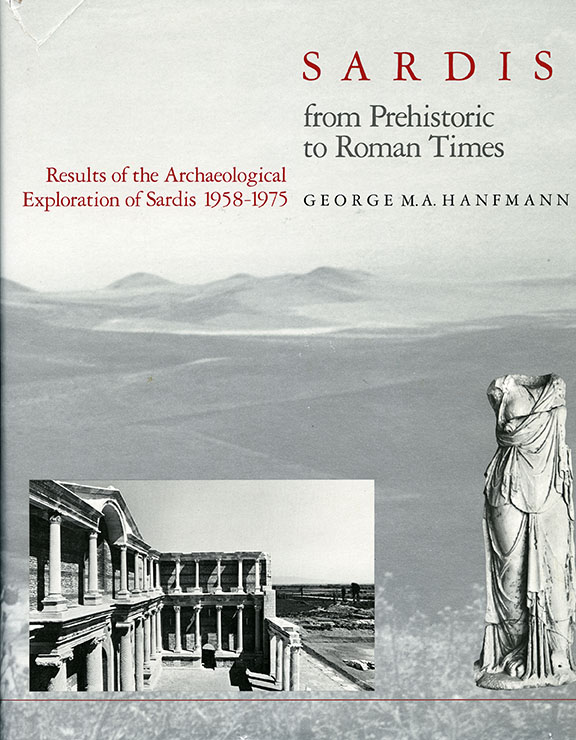
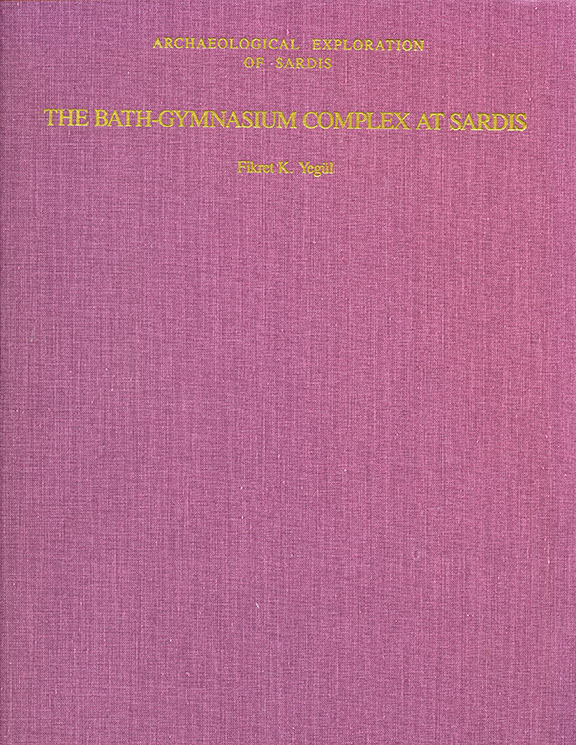
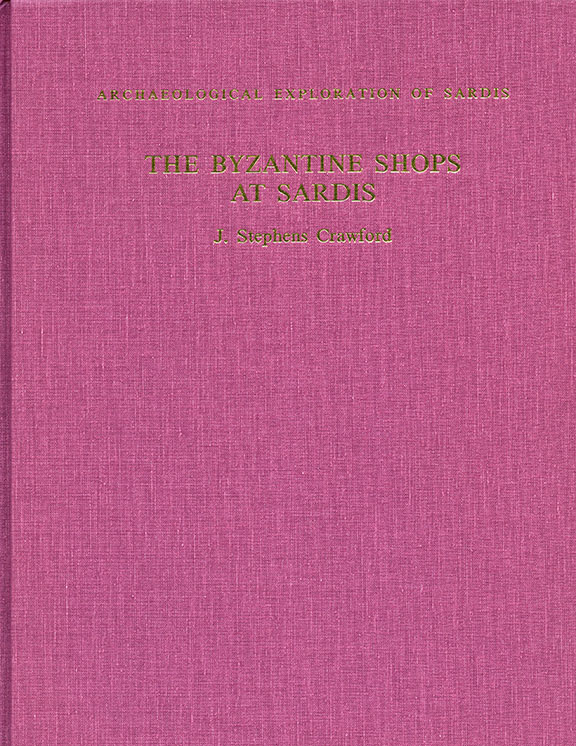
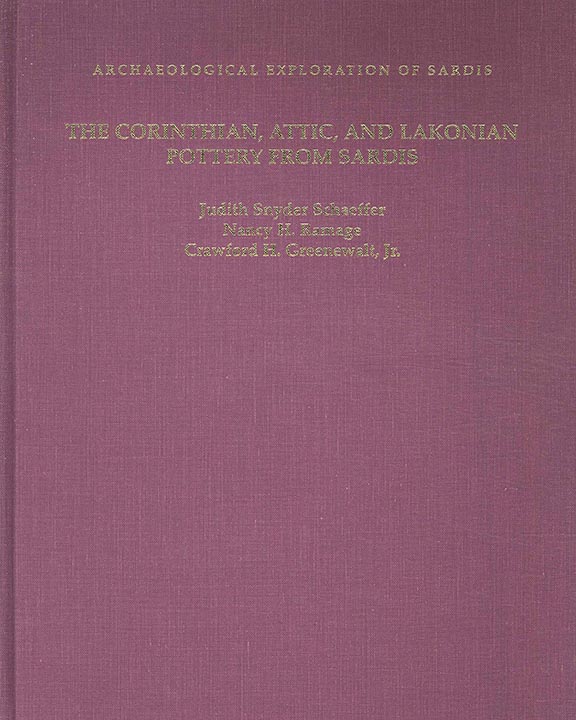
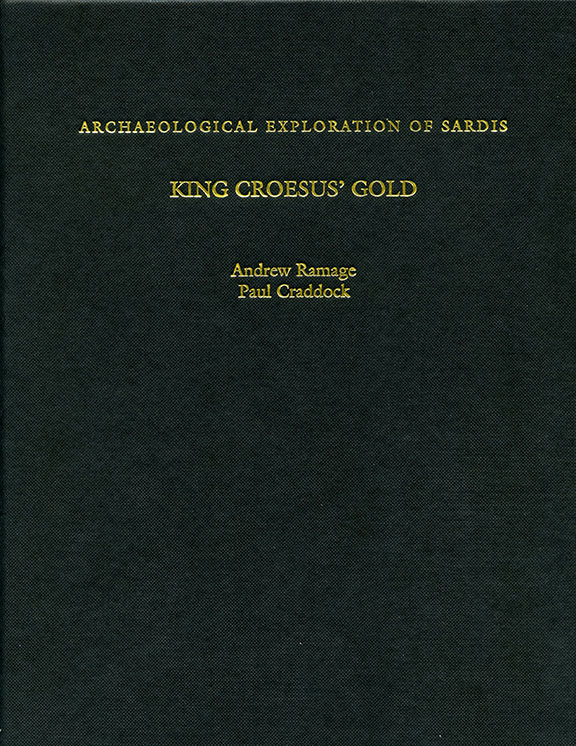
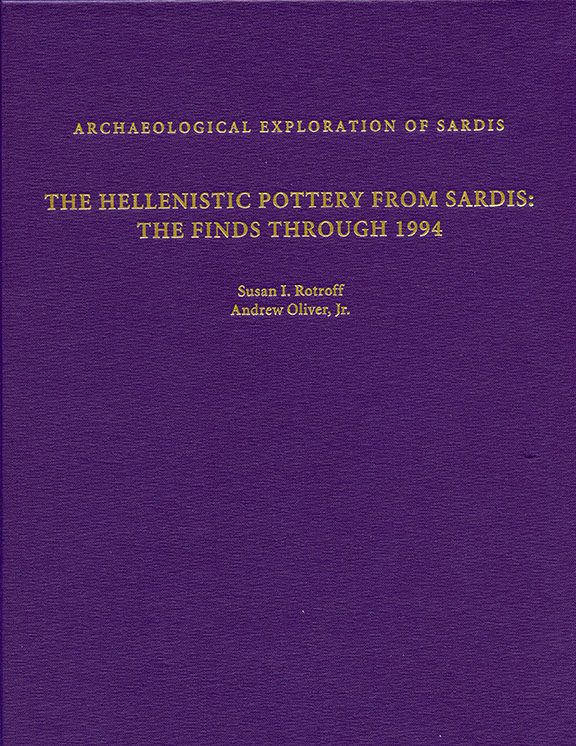
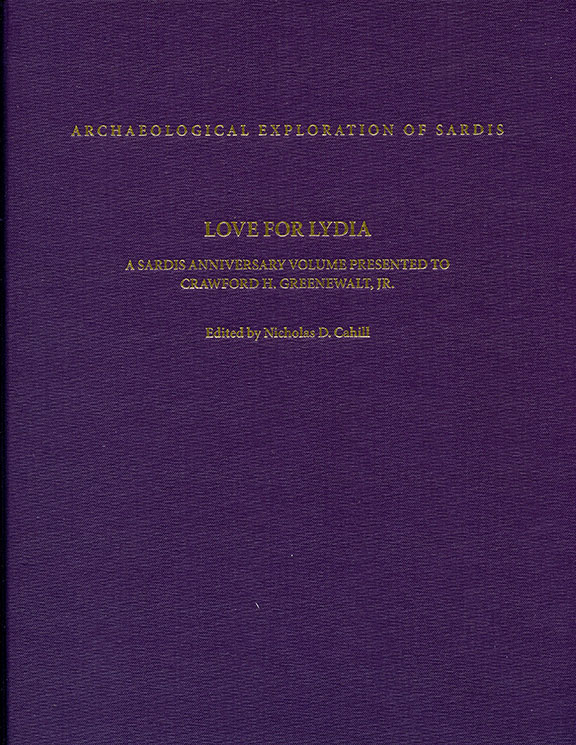
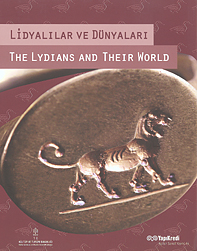
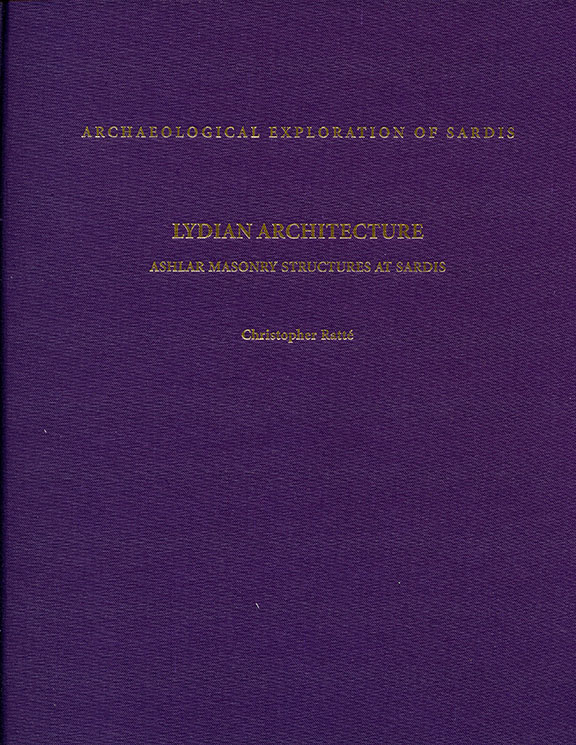






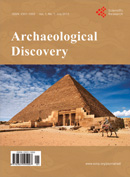
 PDF (661 K)
PDF (661 K)